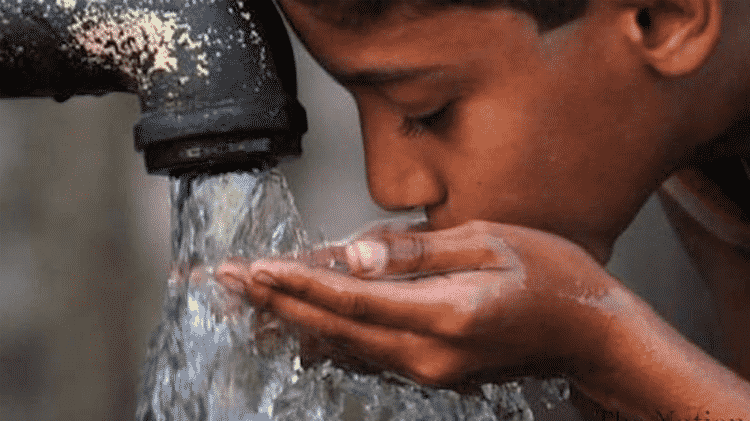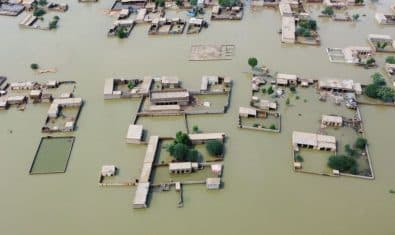According to research published in the Nature Geoscience journal, 60% of the water in South Asia is too contaminated for human usage. This region includes Pakistan, India, Bangladesh and Nepal and it affects more than 750 million people in the region.
Researchers say that the biggest threat to the Indo-Gangetic basin, or the Indus and Ganges rivers is not exhaustion of the water supply but contamination. It is too contaminated for drinking and for use in irrigation.
Contamination/Depletion Concerns
The study cited in the Nature Geoscience is based on local records of groundwater levels and quality of the water from 2000-2012.
Two of the main contamination concerns for underground water in South Asia are its salinity and arsenic levels.
23% of the water stored as groundwater in the basins contains too much salt, making it ill-suited for use in irrigation. Researchers also said that 37% of the groundwater contains arsenic at “toxic levels”.
Groundwater is water stored in underground cavities between soil and rock (extracted from wells), with rivers and rainfall serving as the source. The Indo-Gangetic basin amounts to a quarter of the groundwater used in the world.
About 15-20 million wells extract water from the Indo-Gangetic basin every year, amidst growing concerns of depletion.
Based on the local records of groundwater levels and water quality from 2000-2012, the study found that the water levels are rising instead of depleting, across 70% of the groundwater stored underground in low population areas. Water levels were decreasing in the high population areas, where the other 30% of the groundwater storage resides.
These areas are ones where groundwater is used in homes by drilling through the ground and pumping the water up for usage, commonly known as “boring water”. Commercial usage of water is also high in highly populated areas, especially in cities.
Groundwater Problems
Groundwater becomes salty due to bad irrigation practices. This causes contaminants to leech from the soil and dissolve in the water, and due to poor drainage systems, this salt-high water ends up affecting irrigation practices. Another problem is the high amount of Arsenic present in groundwater.
Arsenic on the other hand is a contaminant which is colorless, odorless and tasteless, making it nigh undetectable through conventional means. Arsenic poisoning can lead to cancer, skin lesions, diabetes, developmental problems, cardiovascular disease and neurotoxicity.
For a region that is home to a quarter of the the world’s population, the scarcity of fresh water is alarming to say the least. The research paper states that 750 million people are currently affected by water that is unsafe for human consumption. It won’t be too far-fetched to say that tomorrow’s wars will be fought over water resources if the current state of affairs continues to go on.
Via The Guardian






















It’s an enigma, but I think the government cannot solve! Minimum a trillion dollars would be required to eradicate! :(
because we are not planting trees
World Health Organization (WHO) should provide resolution to this big problem.